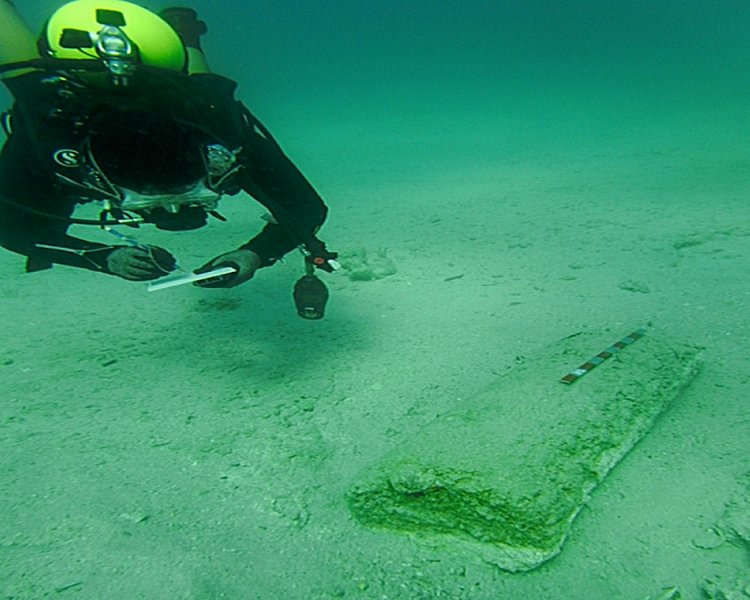A 5,000-year-old and previously unknown underwater route has been uncovered by archaeologists working off the coast of Silifke in Mersin, in the southern Turkey.
Now researchers will determine the location of archaeological wreckages, the center’s deputy director, Assistant Professor Hakan Öniz, said.
Important cultural heritage artifacts from the Bronze Age to the Ottoman era have been found including anchoring spots, ancient vessel wreckages and ancient shipyards.
Öniz said high-resolution sonar systems were used in the Selçuk-1 vessel, and continued:
“With the technology of using four different sonar systems at the same time, we mapped the bottom of the sea. Divers made scientific work on wreckages, which were taken into the inventory of the Culture and Tourism Ministry. Scientific work has been continuing to present the results during international symposiums.”
Anchors and wreckages have already showed us the sea route on the coasts of Silifke has been used for at least 5,000 years with vessels traveling between Cyprus, Egypt, Rhodes, Knidos, Italy and all the coasts of the Eastern Mediterranean.
The work revealed shipyards had been established in the region as early as the 8th century B.C.
“It is known that the cedar trees on the Taurus Mountains were the most important export item of the region in the ancient age.
But new data reveals that at least 100 vessels were produced in the region in a large shipyard.
These shipyards were established on natural-slope rocky grounds. Underwater work unearthed some parts of the shipyards that remained underwater after earthquakes,” Öniz said.
AncientPages.com








